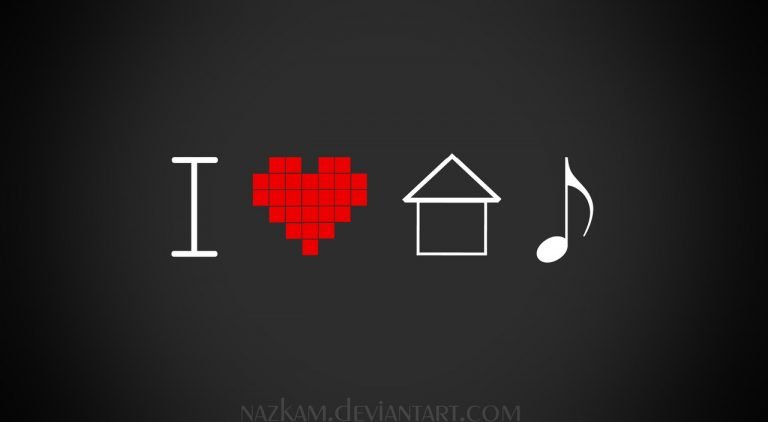House music is one of the oldest genres in EDM. From its’ origins in the Chicago club scene, the genre quickly exploded and became popular in the rest of America and Europe. Today, it’s still widely played in clubs and radio-stations around the world.
House beats are characterized by a repetitive, four-to-the-floor style drum-beat in the 120’s BPM range. This pulse is coupled with deeper basslines, groovy percussions and synth lines to create the typical loops. It has a jazzy, funky & organic feeling that blends accoustic and electronic elements.
In order to create a groovy house track, you need to make use of some staple sample, elements, and techniques:
VST’s and effects used in house
Synth lines are used to create main melodies, plucks and supporting chords. You can also use synths to make textures that evolve in the background, such as FX sounds and pads.
Synths
- Leads
- Pads
- FX
Effects:
- Reverb
- Delay
- EQ
- Chorus / Flanger
- Compression

Samples used in house music production
House is a pretty open style that can succesfully borrow elements from almost every other genre of music. It does tend incorporate soulful vocals and organic samples and percussion loops, but these are by no means neccessary. For drum sounds and FX, the 808 sample set is a popular choice in this genre. But really, anything can be used.
While you could try to build your own collection of samples by hunting around on the web and sampling actual records, it’s often easier and highly recommended for new producers to pick up one or a few samplepack made specifically for this genre.
House music production techniques
While there are many ways that lead to Rome, a certain set of techniques are crucial to get the signature house sound. We list them in order of importance:
Side-chain compression
This is one of the biggest effects that you need to master. Side-chaining (also known as ducking) is a technique where the signal from one sound is used to manipulate the volume (or any other parameter) of a different sound.
One of the most common appliances of side-chain compression in house music is using the kick’s signal to lower the volume of the bass. Since these two elements often share the same frequencies, playing them together at the same time may cause their frequencies to clash, which sounds unpleasant to the ear and the sounds could drown eachother out.
We can clean this up and make our low-end a lot tighter and punchier by only allowing the bass to rise in volume whenever the kick is not playing (aka. after the kick-sample has ended).
Mix a fat low-end
The kick and the bass are two fundamental elements of any track. They dictate the rhythm of a track and drive it forward. If you want your EDM to have an impact on the dance floor, you absolutely HAVE to make sure there’s a symbiotic relationship between the kick and the bass elements. If you want these to groove and sit together in the mix, you’ll have to learn to process them in the right way.
This is an essential technique that will take your lowend to the next level.
Layering
One important technique that will probably get you a bit closer to achieving that pro quality is layering samples or synths on top of eachother to get a fatter sound. This is another one of those tricks that seperates the pros from the amateurs.
You should really not underestimate the amount of polish and definition you can add to an instrument track by layering it with a second, more subtle instrument. For instance, layer it with a single-note bass or a chorded pad to make it stand out.
To do this properly, you also need to EQ and process both tracks so that they gel together. This is an art in itself.
Chord stabs
Stabs are very present in all club music, and they come in all kinds of flavors in house; short, stachato type stabby sounds can fit really well with more chunky house productions, while the long, opened up and drowned in reverb stabs are perfect for the dubby, laid-back style of house.
To get a decent stab, you’ll have to stack a few saw and/or square waves, then filter them down and apply an envelope. Automation on the filter envelope cutoff and other parameters plays a huge part in getting the stabs to breath and flow with the track.
Transitions
Making a groovy 4-bar loop takes skill, but turning it into a whole track requires an entirely different skillset. A good track never bores the listener because it is constantly building up the energy and breaking it down again.
This is achieved by constantly evolving buildups and breakdowns. Filters that gradually open and close, reverbs that grow ever bigger and bigger, volume automations, FX samples that slowly rise in pitch; it all adds to the listener’s anticipation to hear what’s coming next.
These elements are crucial in house because the main loop is usually a repetitive four-to-the-floor style beat. To drive this loop forward and prevent ear fatigue, you need to increase the energy through multiple buildups and breakdowns.

